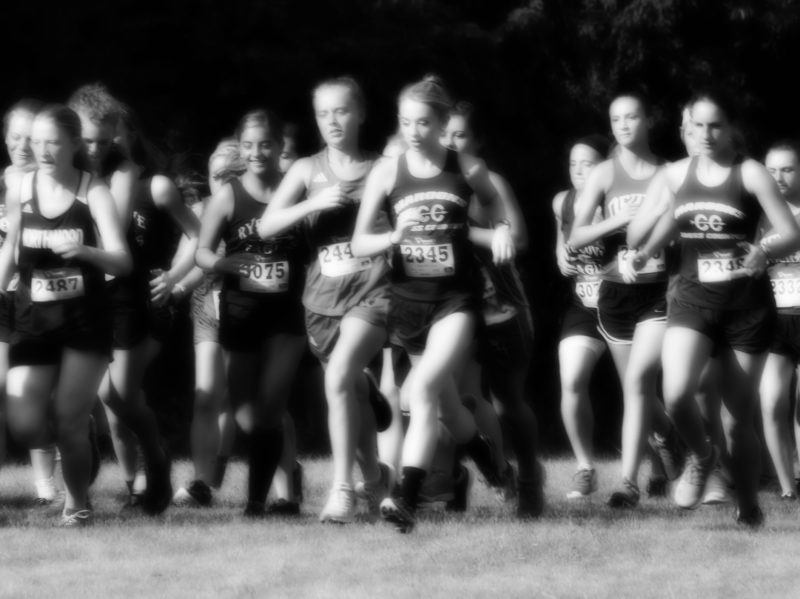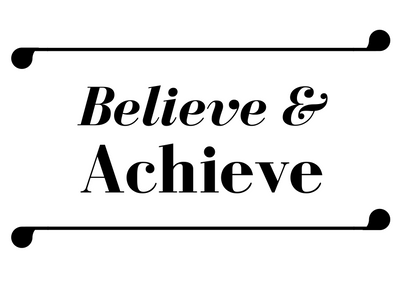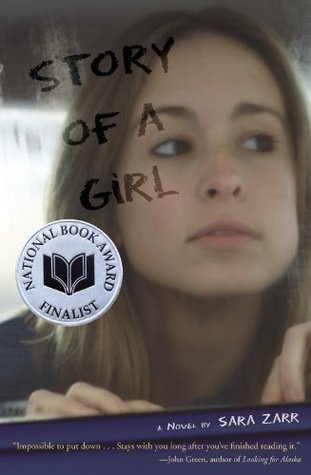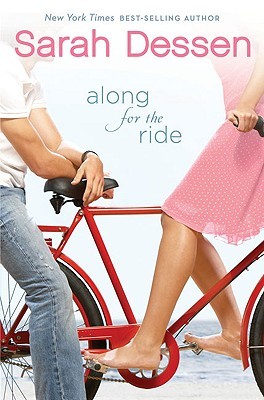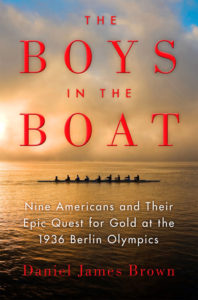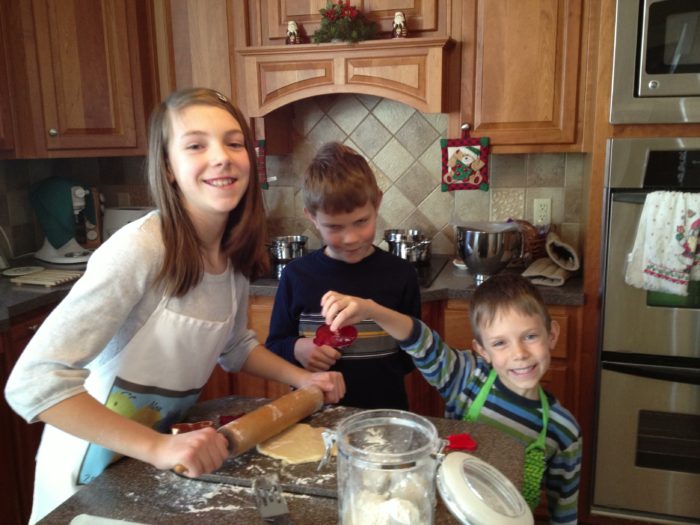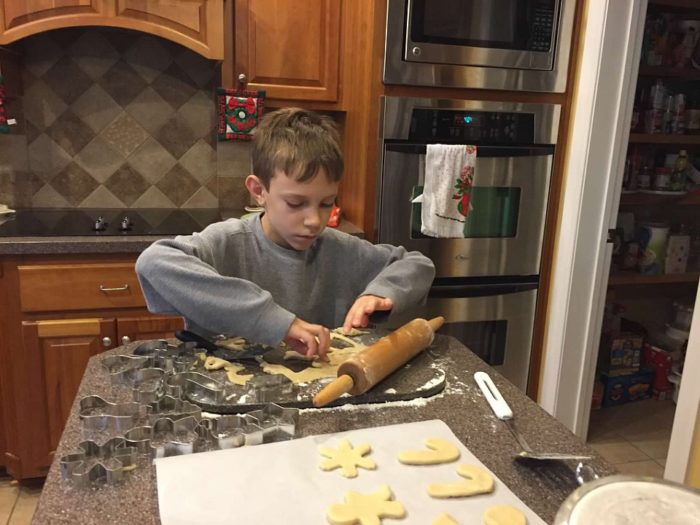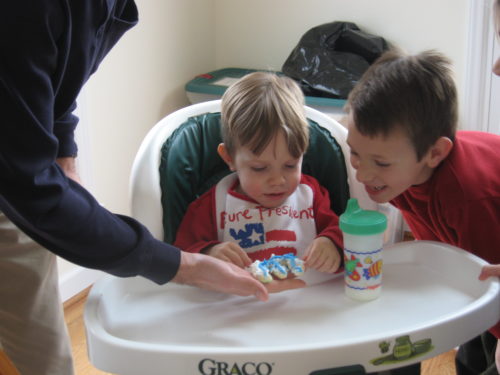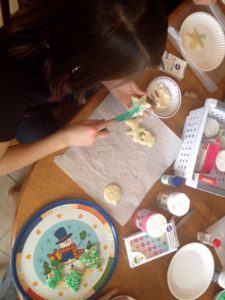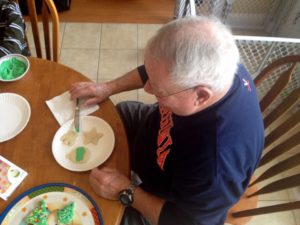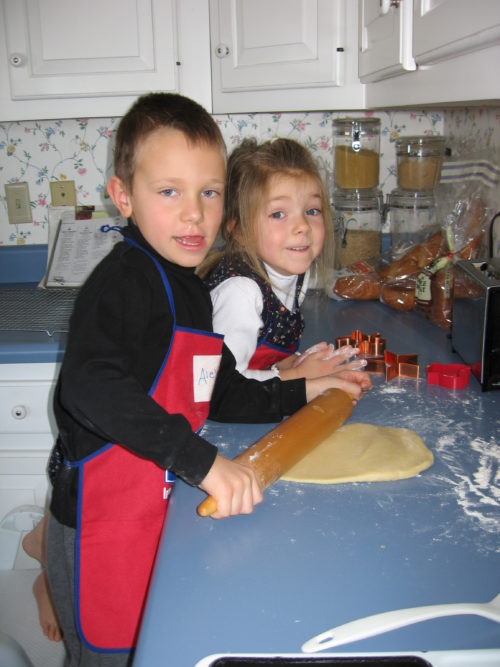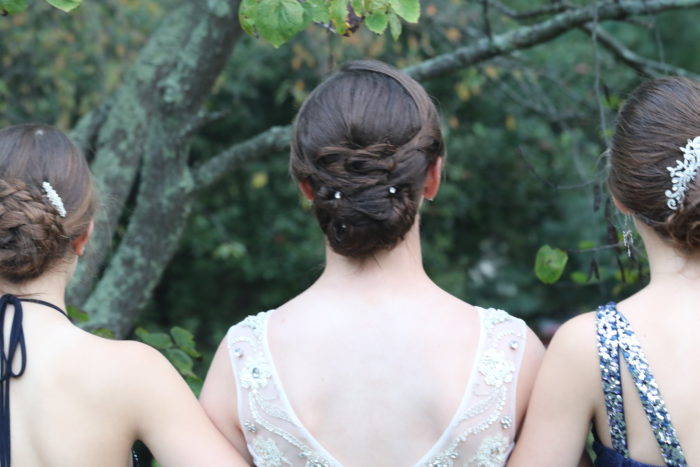It’s November, or NaNoWriMo for writerly types. What is NaNoWriMo? Although it sounds like a string of baby babble, NaNoWriMo (National Novel Writing Month) is a writing challenge, inspiring people to write daily with the goal of a 50,000 word novel by the end of the month.
I’m participating for the first time this year, and while prepping for the challenge, I brainstormed about my characters using KM Weiland’s Crafting Unforgettable Characters e-book. (If you’re a writer, check out Weiland’s multiple writing resources, including her website and podcast. Extremely helpful! ) I had to chose a “personality type” for each of my characters:
- Choleric
- Sanguine
- Phlegmatic
- Melancholy
Since I didn’t know what these words meant, I had a hard time applying them to my characters. You too? Let’s break these words down for Wondrous Words Wednesday. (If you like learning about words, visit Kathy’s Blog today!)
1) choleric, from Middle English (in the sense ‘bilious’): from Old French cholerique, via Latin from Greek kholerikos, from kholera; made angry easily
2) sanguine, from Latin sanguis, blood: confident and hopeful
3) phlegmatic, from Greek flam, inflammation, phlegein to burn: not easily upset, excited, or angered
4) melancholy, from Greek melan + chole, bile: a sad, pensive mood or feeling
I’ve got experience in health care, so I knew sanguine meant bloody, but I wasn’t sure how we got from bloody to confident. Turns out, in ancient Greece, Hippocrates believed that a person’s temperament was influenced by his bodily fluids. He proposed that our bodily fluids contain humors, and when those humors are balanced, people experience good health. When they are unbalanced, disease and disability occur. This is called the Four Humors theory of temperament.
yellow bile -> choleric person
blood -> sanguine person
phlegm -> phlegmatic person
black bile -> melancholic person
So, according to Hippocrates, excess black bile led to a melancholic disposition, and so on. Although Western and Islamic cultures adopted the Four Humors theory, it was eventually disproved. However, it still influences psychological tests and theory today, including the Myer-Briggs Type Indicator. For more detailed information about the Four Humors, as well as links to personality tests, visit Lonerwolf.com. Weiland recommends dabbing in a bit of psychology to give characters more well-rounded development.
Word Nerd Workout
Try to think of a character from a book or movie to fit one of the personality types. Or, better yet, tell us what your personality type is!

I’ll illustrate each type for you:
- Choleric – Strong willed, dominant, has a quick temper: Miss Piggy (The Muppets)
- Sanguine – Sociable, charismatic, stimulation seeking; can be impulsive and frivolous: Pippen (The Lord of the Rings)
- Phlegmatic- Loyal, trustworthy, stable “nice guys”: Ron Weasley (Harry Potter)
- Melancholy – Thoughtful, introspective, and reserved: Halt the Ranger (Ranger’s Apprentice)
My son says I’m “choleric, all the way, worse than Miss Piggy”. Thanks, kid.
It was hard to classify myself, or my characters, as any one of these, a common struggle I have with personality tests. But they are kinda fun. How about you?
Thanks for getting nerdy with me, and if you’re doing NaNoWriMo too, good luck!




